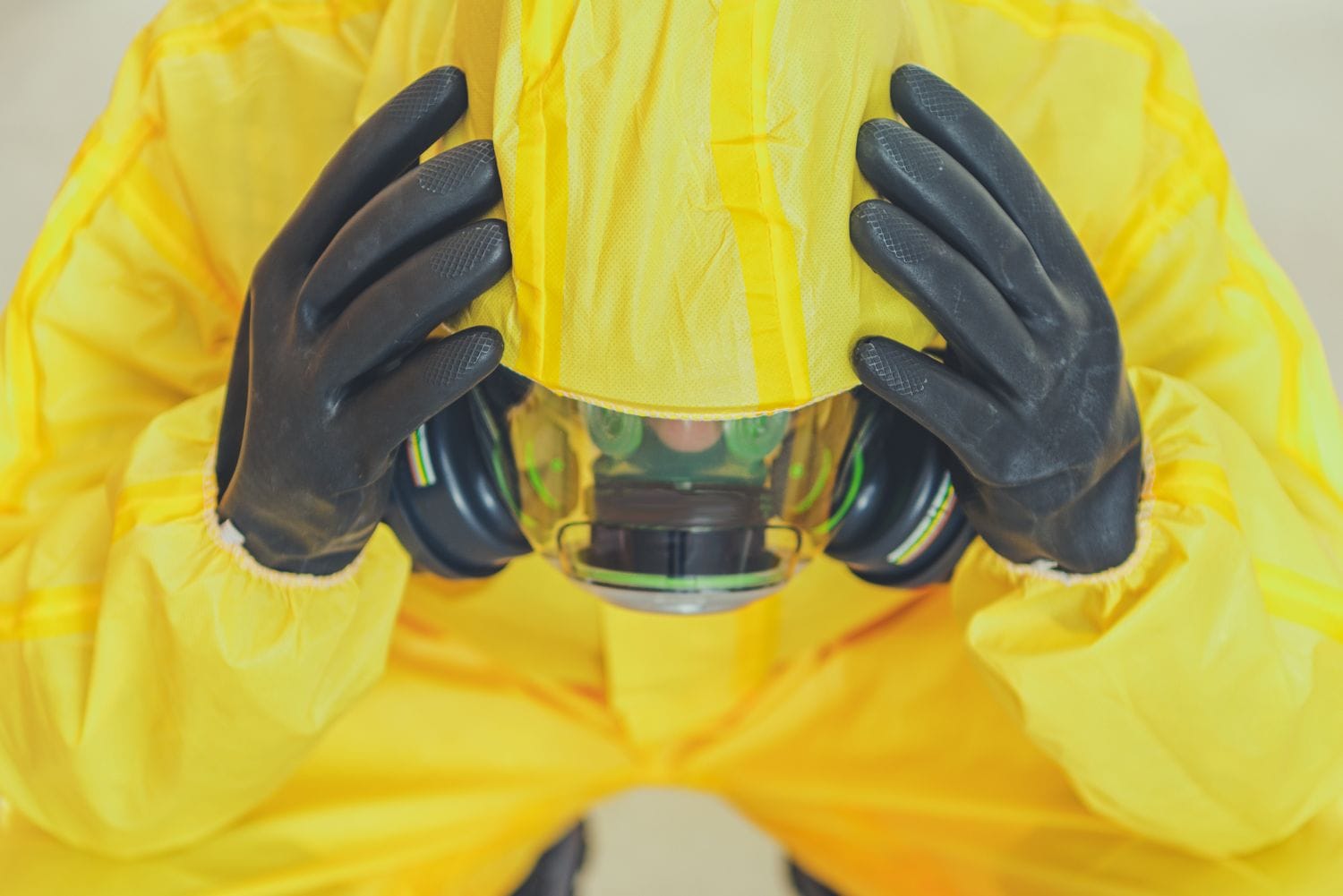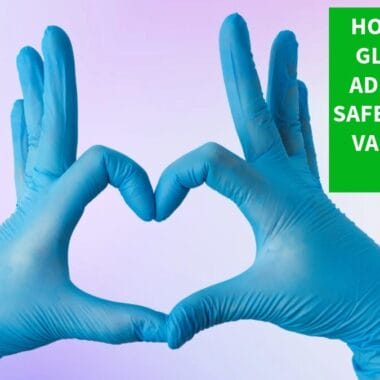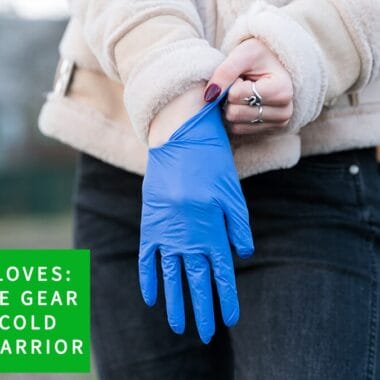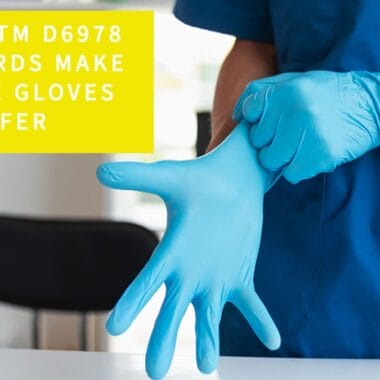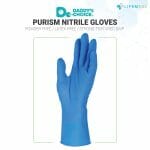What are Biohazard Suits?
Biohazard suits are full-body personal protective equipment (PPE) designed to shield individuals from exposure to harmful biological agents, such as viruses, bacteria, and other infectious materials. These suits provide an impermeable barrier that protects the wearer from direct contact with hazardous substances and prevents the spread of contaminants. Biohazard suits are critical in environments where individuals may be exposed to infectious diseases or biological toxins, such as healthcare facilities, laboratories, research institutions, and during hazardous material (HAZMAT) emergency responses.
How Do Biohazard Suits Work?
Biohazard suits are constructed from specialized materials that prevent the penetration of harmful agents. They typically cover the entire body, including the head, torso, arms, and legs, and are often paired with additional protective gear like gloves, respirators, and face shields to provide full protection. The suits are sealed with secure closures such as zippers, elastic cuffs, and adhesive tape to ensure that no part of the body is exposed to potential hazards. In some cases, biohazard suits include built-in respiratory protection to safeguard the wearer from inhaling airborne pathogens.
Types of Biohazard Suits
- Level A Suits: These provide the highest level of protection and are completely sealed to protect against airborne and liquid hazards. They are used in the most dangerous environments, such as HAZMAT emergencies, where the wearer may be exposed to highly infectious or toxic substances.
- Level B Suits: These suits offer high respiratory protection but provide less skin protection compared to Level A suits. They are commonly used in situations where the threat is primarily airborne.
- Level C Suits: Designed for lower-risk environments, Level C suits provide protection against specific chemical or biological hazards when the airborne risk is reduced. These are often used in healthcare settings during disease outbreaks.
- Disposable Biohazard Suits: These lightweight, single-use suits are designed for temporary protection and are often used in medical facilities or research labs. They are typically discarded after a single use to prevent contamination.
Applications of Biohazard Suits in the PPE Industry
Biohazard suits are essential in controlling the spread of infectious diseases, particularly during pandemics or outbreaks such as COVID-19, Ebola, and SARS. Healthcare workers, first responders, and laboratory personnel wear these suits to protect themselves from exposure while treating infected patients or handling biological materials. In addition, biohazard suits are used in the cleanup and containment of hazardous materials in industrial settings, protecting workers from harmful biological or chemical agents.
Conclusion
Biohazard suits are a crucial element of personal protective equipment, providing full-body protection from dangerous biological agents and infectious materials. Whether used in healthcare, emergency response, or hazardous material management, biohazard suits play a vital role in safeguarding individuals from exposure to life-threatening substances and preventing the spread of contamination. By choosing the appropriate level of biohazard suit, organizations can ensure that their workers are fully protected in high-risk environments.
« Back to Glossary Index
